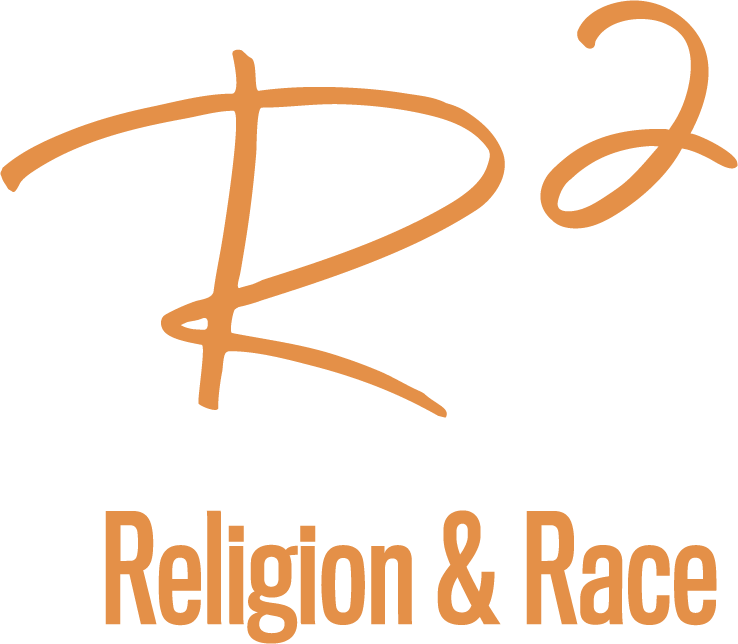What Is BIPOC?
As humanity’s understanding and discussion of the concepts of race, racism, and antiracism have evolved over generations, so have the words and phrases we use as we continue the work of obeying God and advancing racial justice.
In this “What Is?” series, the General Commission on Religion and Race offers this compilation of concise definitions, examples, and Biblical/theological foundations to create common vocabulary for Christians as we engage in anti-racism work.
Our hope, as you engage this series, is that the learning equips you to move into deeper waters in anti-racism work in your respective context.
Visit the series homepage for more information on other anti-racism resources.
Definition:
So, it’s BIPOC now?
BIPOC (short for Black, Indigenous and People of Color) is a contemporary, umbrella term for non-European, nonwhite people, who comprise most of the world’s population. BIPOC includes people of African, Asian, Southeast Asia, Latin American, Pacific Island, Native Hawaiian, Native American/Indigenous or mixed racial-ethnic ancestry.
Such changes in terms reflect self-empowerment among BIPOC people, who move to define themselves instead of being defined—sometimes in error—by white society.
Example(s) of BIPOC:
Science and Christian faith agree there is only one human race, with some superficial physical distinctions among groups (hair texture, eye shape, skin tone). Nevertheless, racial prejudice and system racism arose to establish, justify, and make legal and socially acceptable the colonialization, dehumanization, systemic violence against, enslavement and exploitation of nonwhite persons by white nations.
White-run systems formerly deemed nonwhite people as “minorities,” but the world now understands that BIPOC people comprise nearly 75 percent of the global population.
Today’s African American/Black people were formerly called “Negroes” or even the N-word, names given by white people. Native/Indigenous people were misnamed as “Indians,” because early European explorers to the Americans thought that had arrived in India.
The term BIPOC is the latest iteration in fostering unity of purpose among marginalized persons and to uproot racism and white supremacy from social, moral, political, economic, and religious systems.
Biblical/Spiritual/Theological Framing or References:
Asserting racial/ethnic dominance and scapegoating groups not in power is not new. Acts 16:16-23 tells the story of colonizers labeling and condemning Jews who are followers of Jesus Christ. Paul and Silas cast a demon out of an enslaved girl who is a fortune-teller. When she is healed and no longer profitable for her owners, they report Paul and Silas to the city magistrates,
These men are disturbing our city and they are Jews and are advocating customs that are not lawful for us as Romans to adopt or observed. The crowd joined in attacking them and the magistrates had them stripped of their clothing and ordered them to be beaten with rods. After they had given them a severe flogging, they threw him into prison…
--Acts 16:20-23 (NRSV)
God calls Christians to love one another and to live in harmony and peace with all people. Jesus showed a particular affinity for those pushed the economic and social margins of society. BIPOC communities are among those who remind us that to follow Christ is to pray and work for end to a racial bias and notions of supremacy in the name of the One who created and loves us all.
Reflection Questions:
Read Acts 16:16-23. Why do you believe the girl’s owners pointed out that Paul and Silas were Jews? How might they have hoped for by emphasizing Paul and Silas’s race-ethnicity to the magistrates?
When was the first time you heard or read a racial slur against a Black, Indigenous, or Person of Color? How did you know that it was a slur? What from your experience let you know that the word was hurtful?
What has your faith journey taught you about how Christians can confront racial injustice? What have you learned from sermons, church school lessons, and Bible studies?
Additional Resources:
What “I Don’t See Color” Really Means (From GCORR)
8 Ways Church Leaders Can Move the Conversation Forward (From GCORR)
Being An Ally with People of Color (From GCORR)

